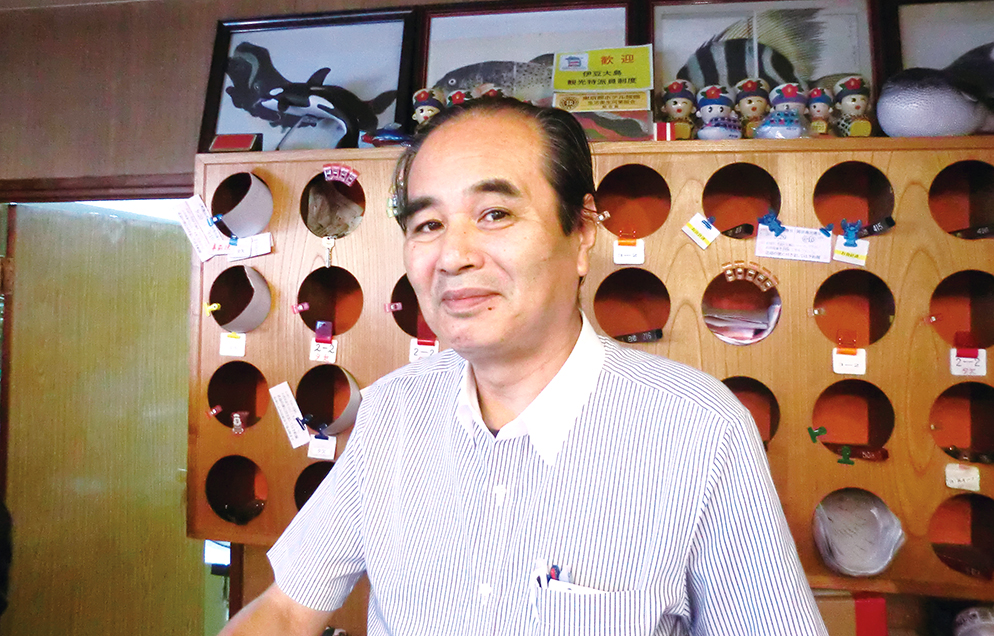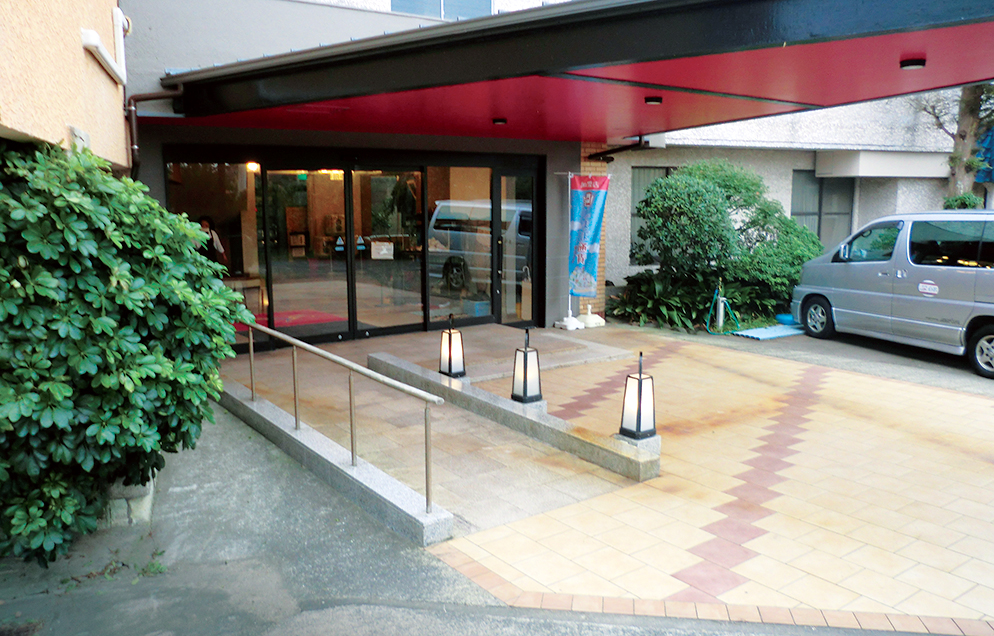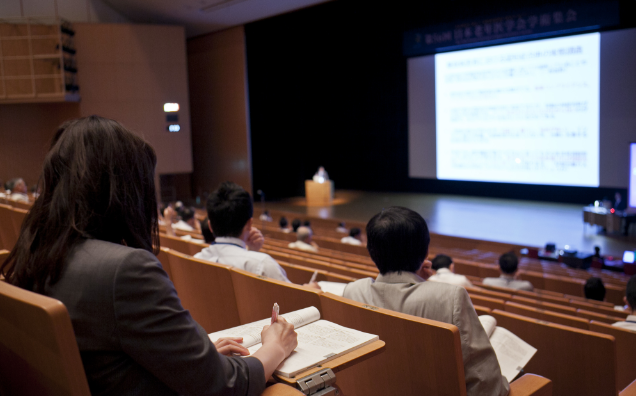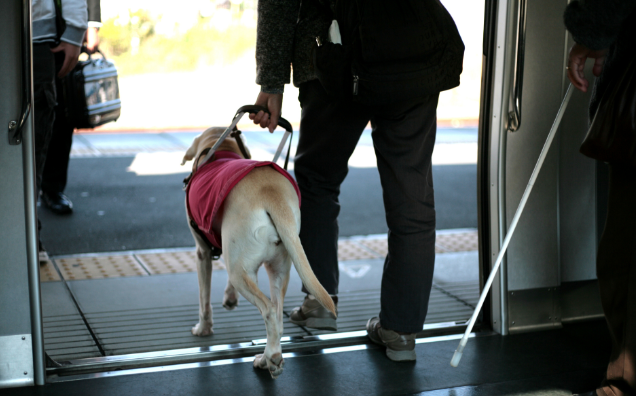- TOP >
- Efforts of Hotel Shiraiwa
Efforts of Hotel Shiraiwa 3-3-3 Moto-machi, Oshima-machi, Tokyo
Using subsidies when making improvements to achieve accessibility
Utilizing Tokyo / TCVB subsidies, etc. to promote repair work
In 1973, during its peak period, Oshima welcomed approximately 840,000 tourists, but, by 2013, this number dropped to approximately 220,000 tourists, which was only 26% of the peak value (according to 2014 Oshima-machi city office materials). Hotel Shiraiwa is pursuing repair work and taking other action to welcome a diverse range of guests even as other accommodation facilities continue to go out of business due to factors including the aging islander population. Iwahito Shirai, the president of Hotel Shiraiwa, talked to us about his hotel's efforts to achieve accessibility.

Making improvements while facing island-specific issues
Our hotel was founded in 1950. In 1977, we remodeled the main building and introduced an elevator, which was revolutionary in Oshima at the time. Back then, there were power restrictions in Oshima, so our elevator was limited in terms of its size. Even now, large wheelchairs won't fit on it. Our hotel also has one more elevator for going from the 2nd-floor annex to the Japanese-style rooms on the upper floors.
Because we had to stay within these power-usage limits when installing our elevators, we can't expand the elevator shafts now, which means we have no way to make improvements that would satisfy the current standards of the Barrier-Free Law. Nevertheless, our hotel remains the only accommodation facility on the island that has elevators.
In addition, we have to deal with salt damage, which is an island-specific issue. The outer walls and rebar are especially vulnerable to such damage, so it is necessary to constantly think about repair work. However, due to falling occupancy rates, aging owners, the lack of successors, and similar factors, many accommodation facilities have had to close due to the inability to take the plunge in terms of reinvestment and improvements.
Making large-public-bath and multipurpose-restroom improvements due to the effects of an eruption
In 1986, a nearby hot spring was triggered by the eruption of Mount Mihara, so we built a new large hot-spring public bath in 1996. Looking back now, I suppose we could have installed handrails and taken other steps to make the large public bath more accessible, but approaches focused on barrier-free design did not actually exist at the time. After installing our new large hot-spring public bath, our existing large public bath was no longer necessary, so we decided to rebuild our restroom there. At the time, we found out that we could use a subsidy to install a multipurpose restroom, so we ended up building one of those.
As a result of building the large hot-spring public bath, the number of hotel guests increased, and we started receiving inquiries from wheelchair users as well. In cases where we receive such inquiries in advance, we explain the equipment, etc. available at our hotel so the guest can decide whether they can stay. Thanks to the improvements we have made, we can now tell potential guests that there is a multipurpose restroom available on the 1st floor if they can't use the restroom in their room. Because the multipurpose restroom has a large nursing bed, it is sometimes used by our guests to change their clothes before checking in or after checking out and for similar purposes. We consulted with a specialist when we rebuilt our restroom and then chose a large nursing bed over a baby diaper-changing table based on their advice, and the bed really does seem more versatile.
Using subsidies to seize business opportunities
To receive subsidies from Tokyo, the first step is to install a slope approaching the entrance, so we started by making that improvement. In addition, because there were still Japanese-style toilets in some of the Japanese-style guest rooms in our annex, we used the Accommodation Subsidy to Support Environmental Development for Foreign Travelers (currently the Subsidy for Inbound Business Growth) to Westernize the guest-room toilets by replacing them with bidet toilets. It seems almost funny now, but the Japanese-style toilets were actually a remnant of a time when some guests said those were the only type of toilet they could use.
In cases where renovations, etc. don't cost much, we don't really think about subsidies, but we have started considering the possibility of using subsidiaries to make improvements that seem like they could be expensive. Right now, there are various new subsidies and policies related to preparing for the Tokyo 2020 Olympic and Paralympic Games, and we think this is an opportunity to make such improvements.
 Slope in front of the entrance
Slope in front of the entrance
 social media accounts
social media accounts
Tokyo, a city that is accessible everywhere to anyone.
Sightseeing where you wish, as you wish.
This ability to travel anywhere you please makes life that much richer.
Tokyo welcomes your visit.
Here you can encounter tradition,
history, culture, nature, technology,
and, best of all, smiling faces.
Making tourism closer and more
enjoyable through accessible tourism.




